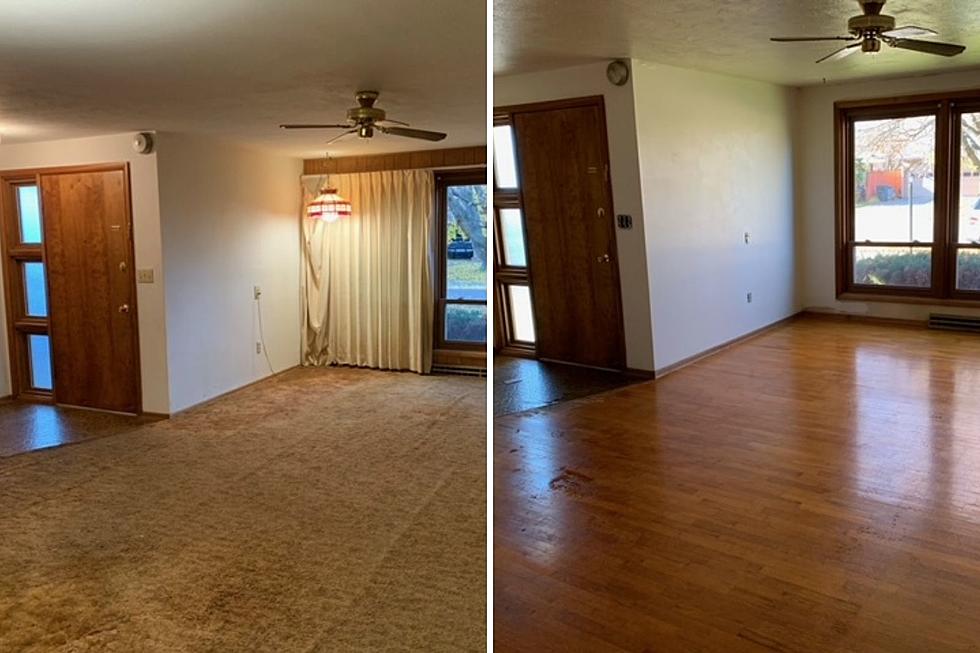Where to Start When Renovating an Old House
Renovating an old house can be an exciting and rewarding project, but it can also be a daunting task if you don’t know where to begin. Whether you’ve purchased a historic fixer-upper or inherited a family home that needs some TLC, careful planning and preparation are essential to ensure a successful renovation. In this guide, we’ll walk you through the step-by-step process of where to start when renovating an old house, from assessing the property to creating a renovation plan and executing the project.
Assess the Condition of the Property
The first step in any old house renovation is to assess the condition of the property thoroughly. Walk through the house and make notes of any visible issues such as cracked walls, damaged roof, leaking pipes, faulty wiring, and decaying wood. It’s crucial to prioritize your findings and identify which areas require immediate attention.
Consider hiring a professional home inspector or contractor to conduct a thorough inspection. They can provide you with a detailed report of the property’s condition, outlining potential hidden issues that may not be apparent to the untrained eye. This inspection will serve as a roadmap for your renovation project.
Create a Realistic Budget
Once you have a clear understanding of the condition of the old house, it’s time to create a realistic budget for the renovation. Renovating an old house can be more costly than a new build, as unexpected issues may arise during the process. Set aside a contingency fund of at least 10-15% of your total budget to account for any unforeseen expenses.
Break down your budget into different categories such as structural repairs, electrical and plumbing updates, interior finishes, and landscaping if necessary. Research the current market prices for materials and labor to get a better idea of the overall cost. It’s essential to be flexible with your budget and prioritize necessary repairs over cosmetic enhancements to ensure the structural integrity of the house is intact.
Obtain Necessary Permits
Before you begin any renovation work on the old house, check with your local authorities to determine what permits are required. Renovations that involve significant structural changes, electrical updates, or plumbing work usually require permits to ensure compliance with building codes and regulations.
Failing to obtain the necessary permits can lead to fines, delays, and even legal issues down the road. Consult with a professional contractor or architect who is familiar with local regulations to guide you through the permit application process.
Focus on Safety and Structural Integrity
Safety should be a top priority when renovating an old house. Address any structural issues first before moving on to cosmetic improvements. This might include fixing foundation problems, repairing or replacing load-bearing walls, and reinforcing the overall structure of the house.

Additionally, update the electrical and plumbing systems to meet modern safety standards. Old houses may have outdated wiring that poses a fire hazard, or plumbing that is prone to leaks. Hiring licensed professionals for these tasks is crucial to ensure the work is done safely and up to code.
Preserve Historic Features
If the old house has historic or architectural features that give it character and charm, consider preserving and restoring them. Features such as original hardwood floors, intricate moldings, stained glass windows, and decorative accents are valuable elements that add uniqueness to the property.
Restoring these features might require specialized skills and craftsmanship, but it will maintain the historical significance of the house and potentially increase its value. Research local preservation guidelines and consult with experts who have experience in restoring historic properties.
Plan the Interior Layout
Once the structural and safety aspects are taken care of, it’s time to plan the interior layout of the old house. Think about how you want to use each room and consider factors like natural light, traffic flow, and functionality.
If you’re not sure where to start, consider consulting with an interior designer who specializes in renovating older homes. They can offer valuable insights and creative solutions to maximize the space while preserving the house’s character.
Upgrade Insulation and Energy Efficiency
Old houses often lack proper insulation, which can lead to energy inefficiency and higher utility bills. Upgrading the insulation can make a significant difference in regulating the indoor temperature and reducing energy consumption.
Consider using eco-friendly and energy-efficient materials for windows, doors, and appliances. Energy-efficient upgrades not only benefit the environment but also increase the overall value of the property, making it more appealing to potential buyers in the future.
Pay Attention to Curb Appeal
The exterior of an old house is just as important as the interior. Enhance the curb appeal of the property by repairing the roof, repainting the façade, and landscaping the yard. A well-maintained exterior creates a positive first impression and can increase the value of the house.
Consider the architectural style of the house when making design choices for the exterior. Maintaining the original charm while adding modern touches can strike the perfect balance and make the property stand out in the neighborhood.

Work with Professionals
While DIY projects can be fun and cost-effective, renovating an old house often requires the expertise of professionals. Enlist the help of experienced contractors, architects, and designers who have worked on similar projects before. Their knowledge and skills can help you navigate the unique challenges of renovating an old house.
Communication with the professionals is essential to ensure your vision for the renovation aligns with theirs. Regular meetings and updates will keep the project on track and help you make informed decisions along the way. For nazbuild renovations sunshine coast read on.
Conclusion
Renovating an old house can be a fulfilling experience that allows you to breathe new life into a piece of history. Remember to start by thoroughly assessing the property’s condition, creating a realistic budget, and obtaining the necessary permits. Prioritize safety, structural integrity, and preserving historic features while planning the interior layout and upgrading energy efficiency. Lastly, don’t hesitate to seek professional help to achieve the best results possible. With careful planning and thoughtful execution, you can transform an old house into a beautiful and functional home that will stand the test of time.
Happy renovating!

